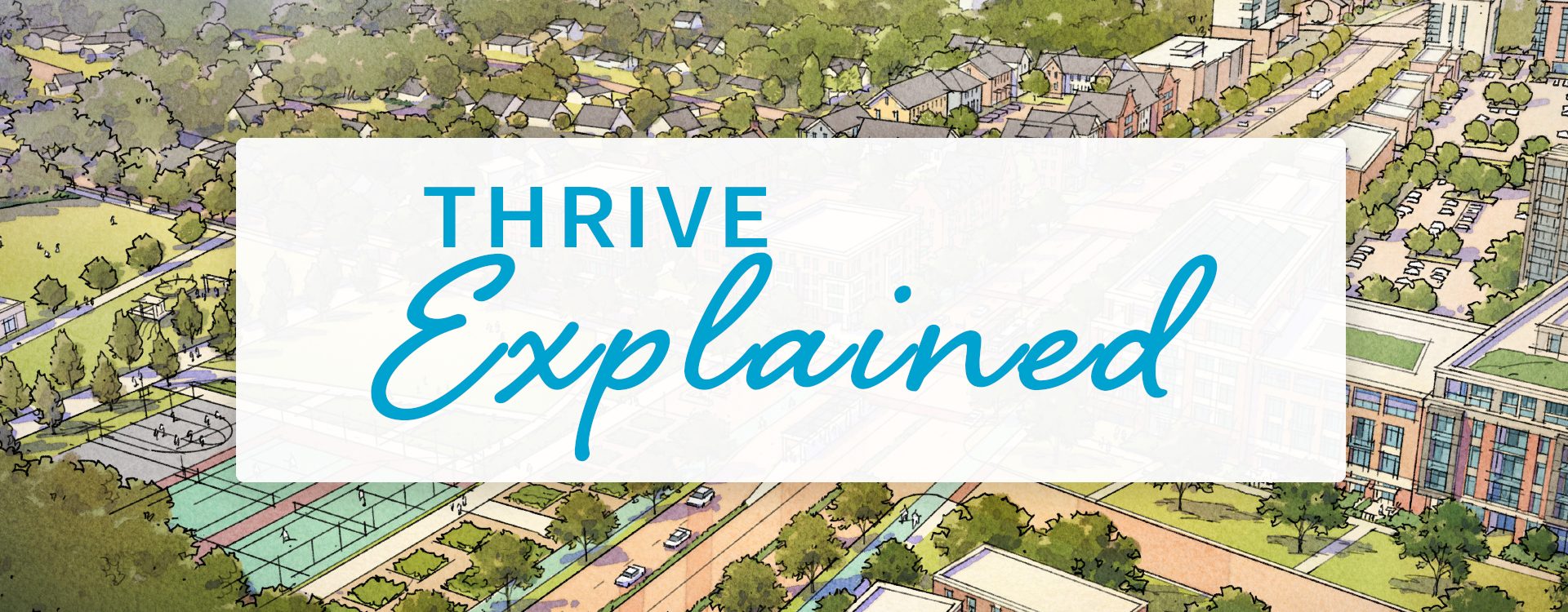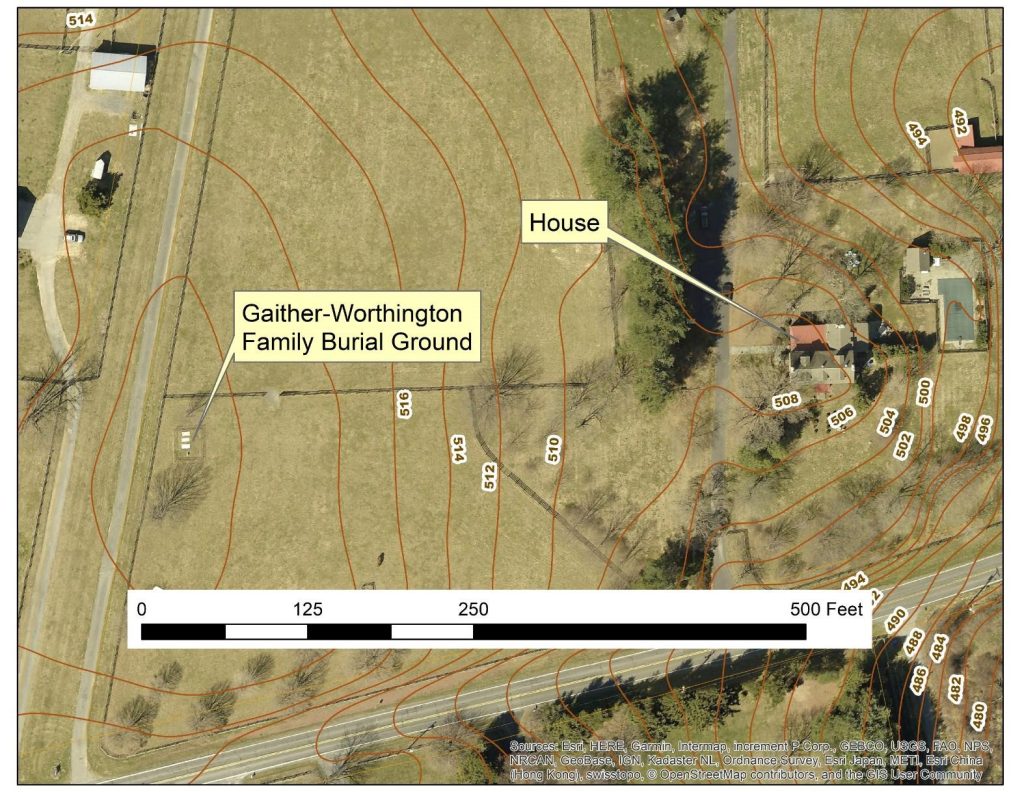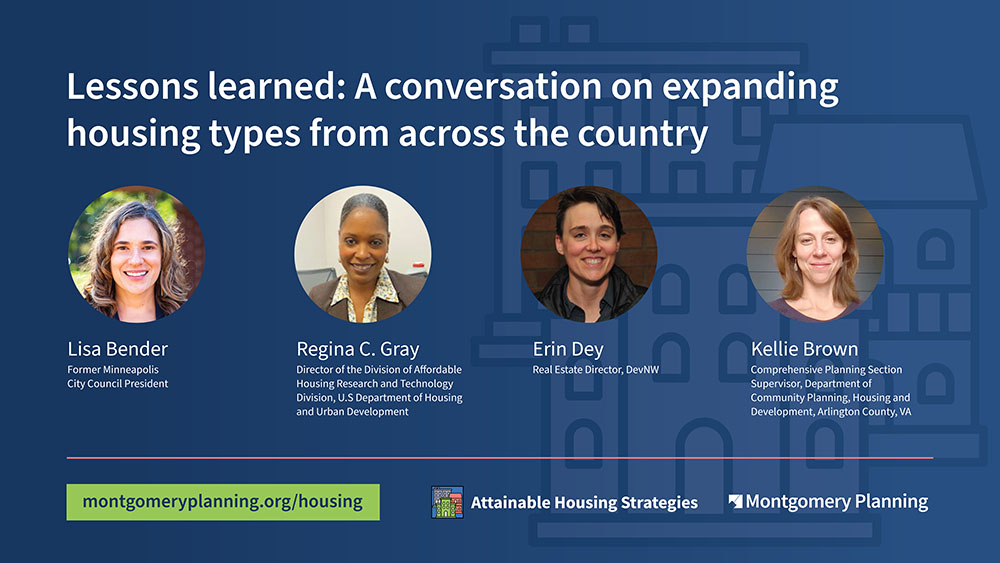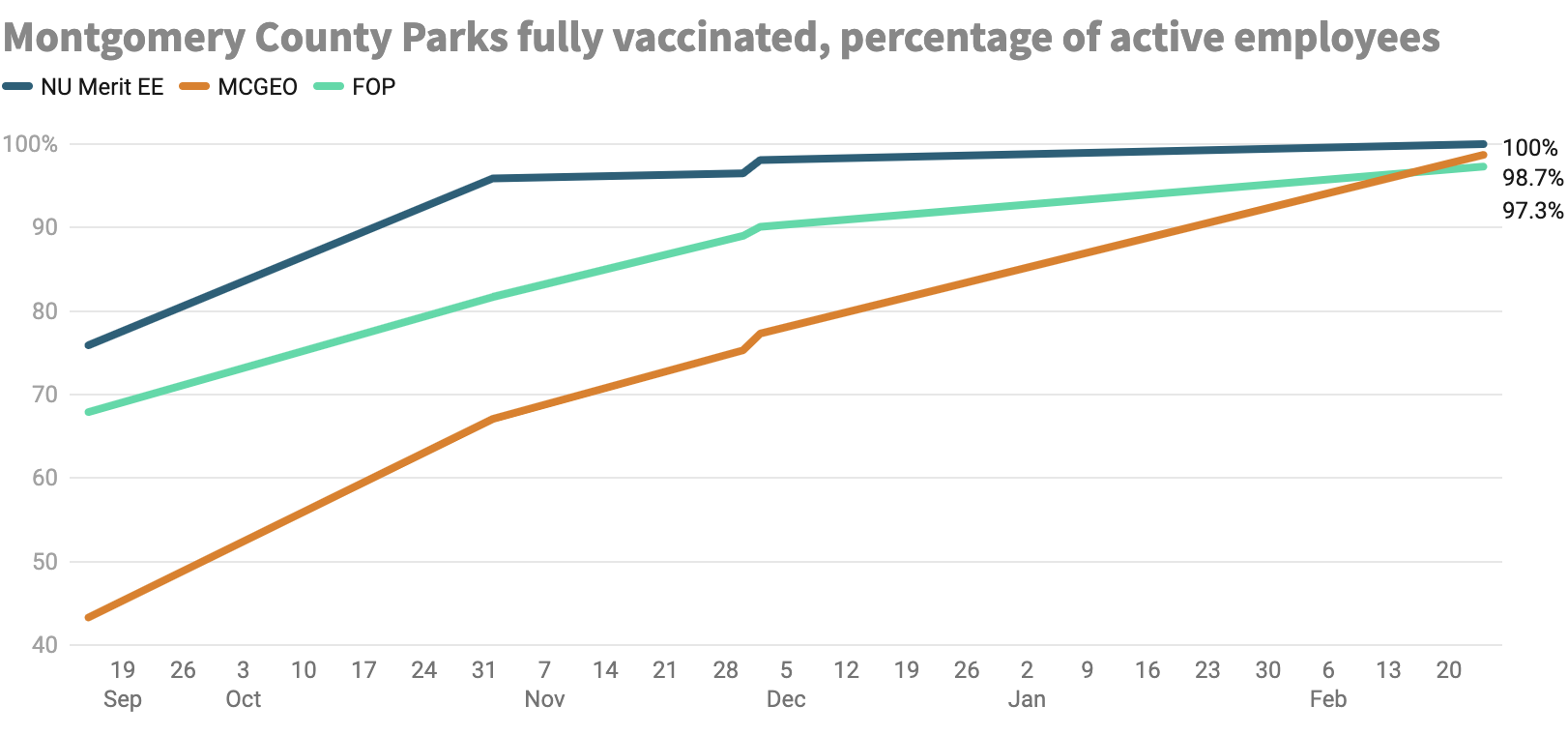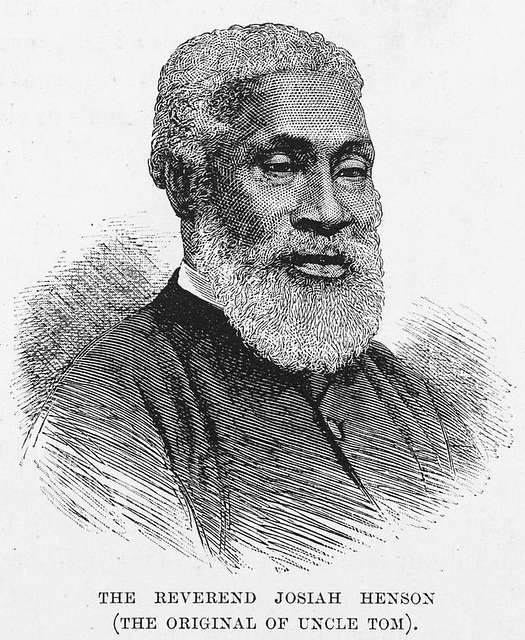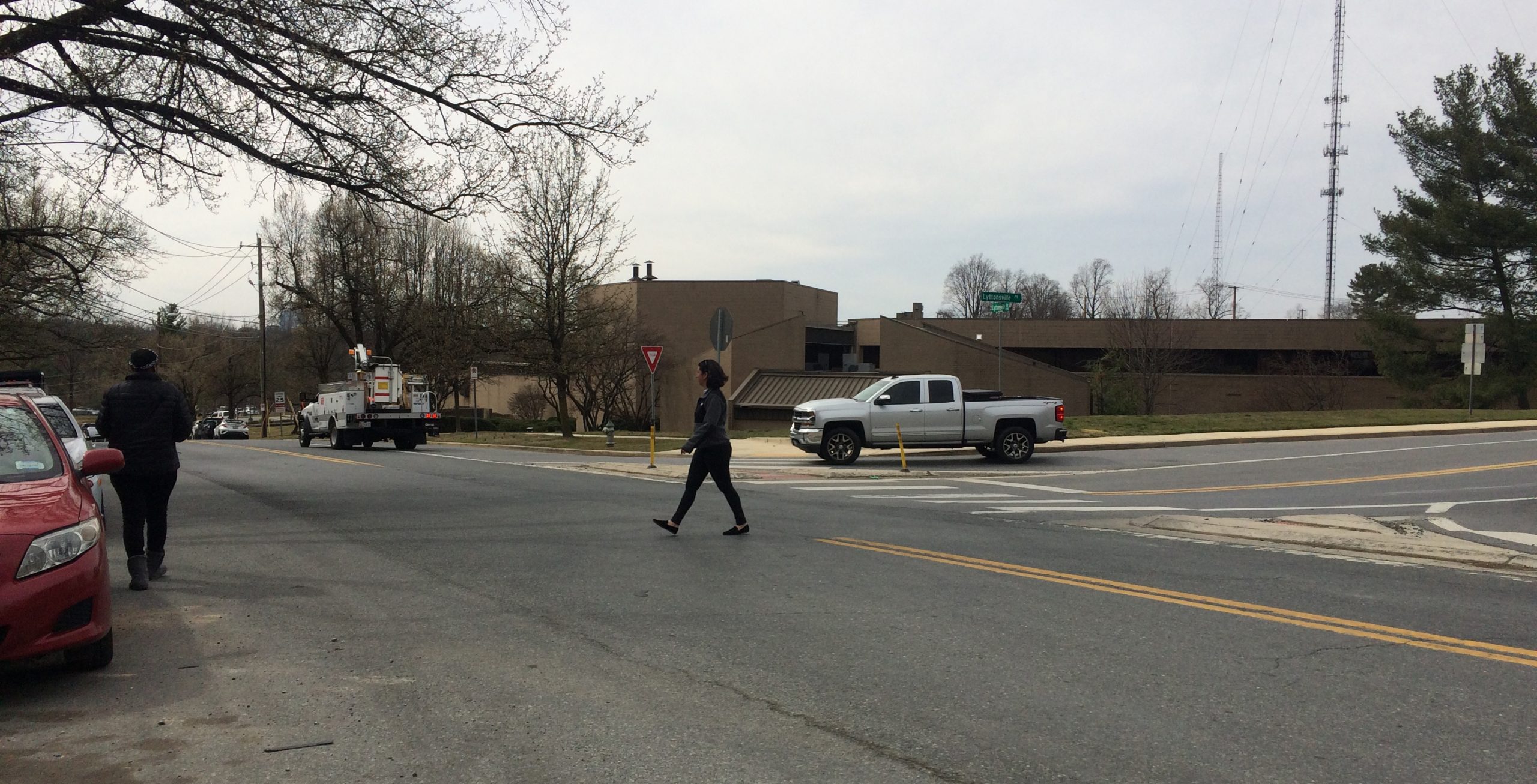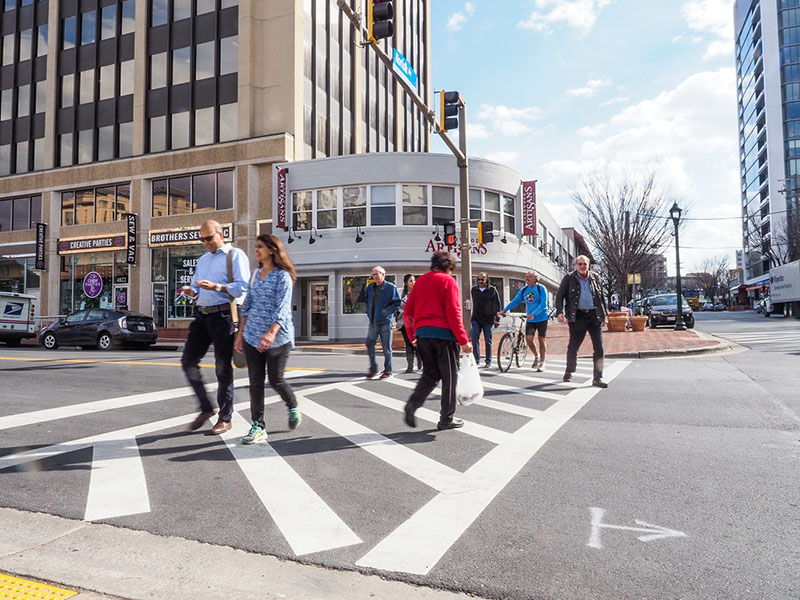
In 2016, Montgomery County adopted a Vision Zero policy, with a goal of eliminating severe injuries and fatalities on our roadways by 2030. The county has made significant progress and investments towards this goal over the past seven years, through additional data analysis, planning, and funding of capital projects to improve safety. However, there is still a lot of work to be done. In each year since the policy was adopted, there have been over 200 severe injuries and fatalities in Montgomery County. We have a long way to go towards reaching zero.
Traditional transportation planning looks at the locations that these previous crashes have occurred and focuses investments on improving those locations. Montgomery Planning wants to look beyond … Continue reading
